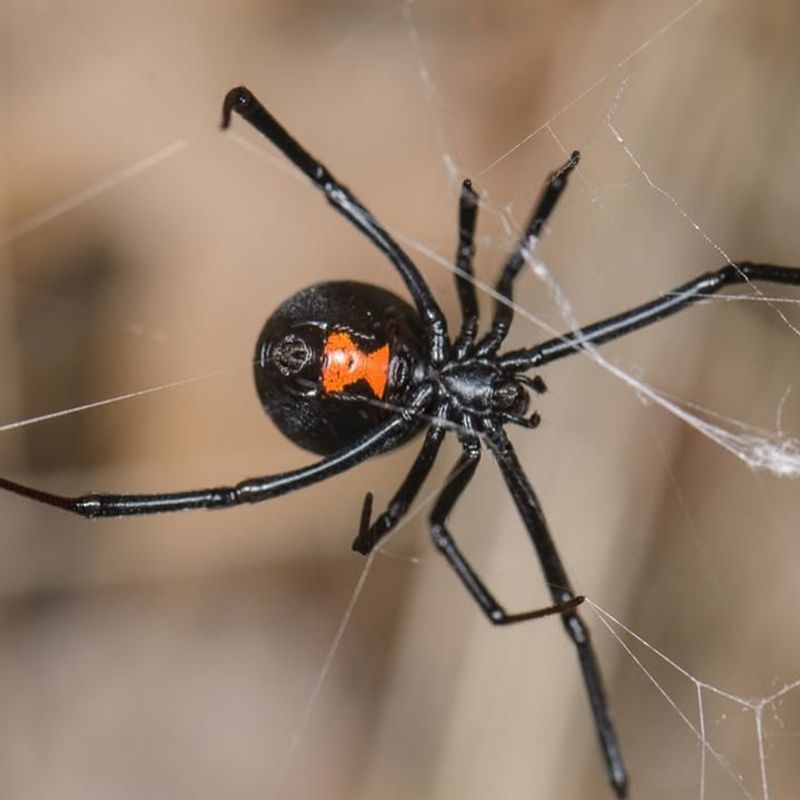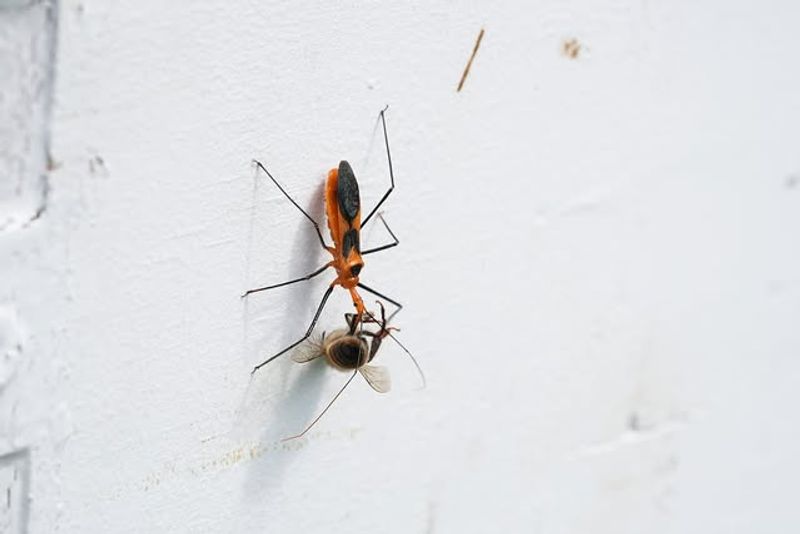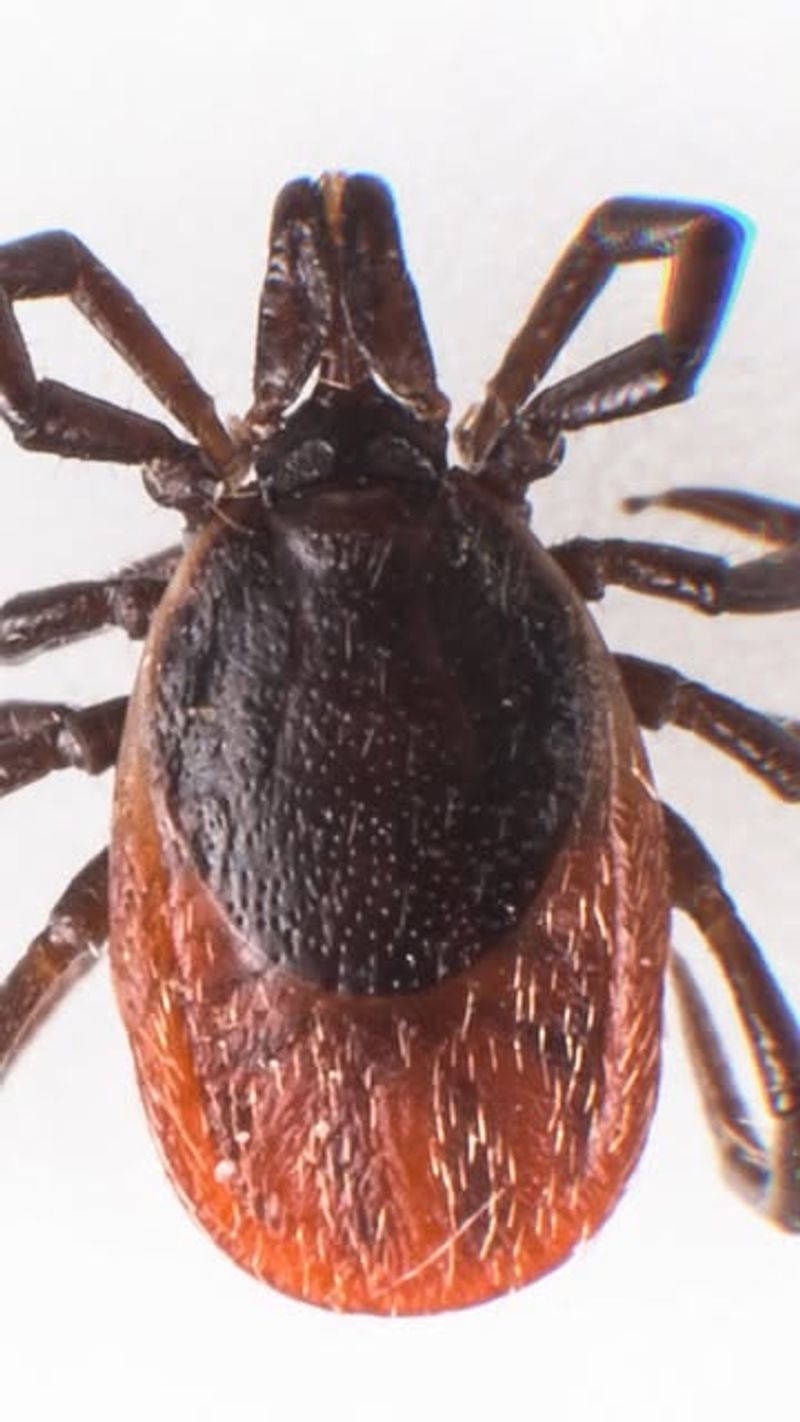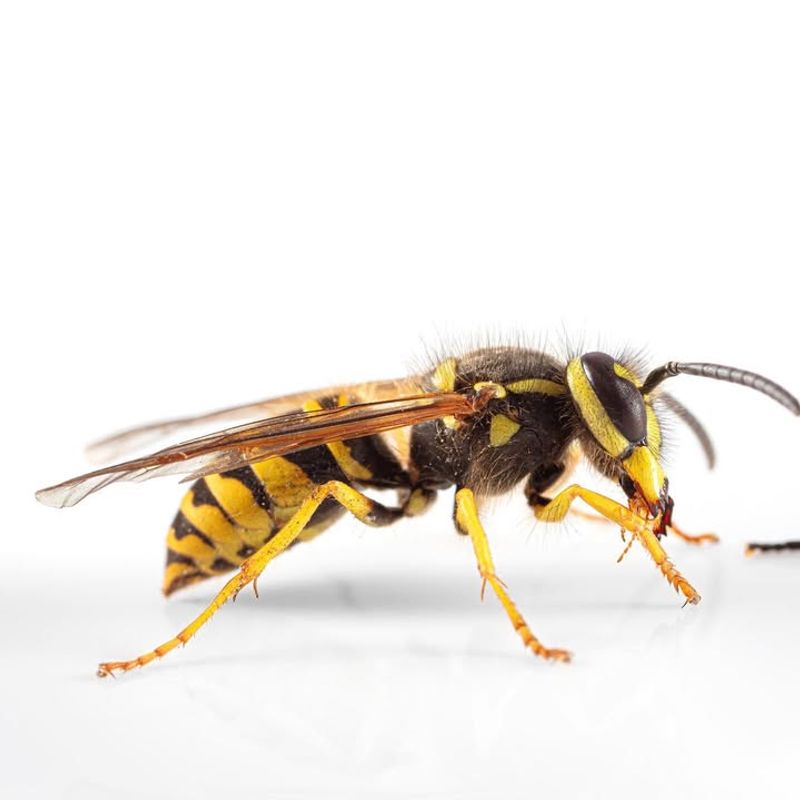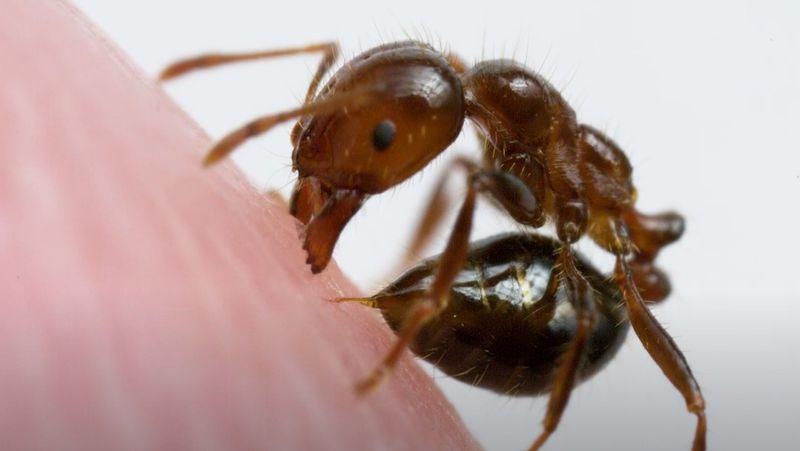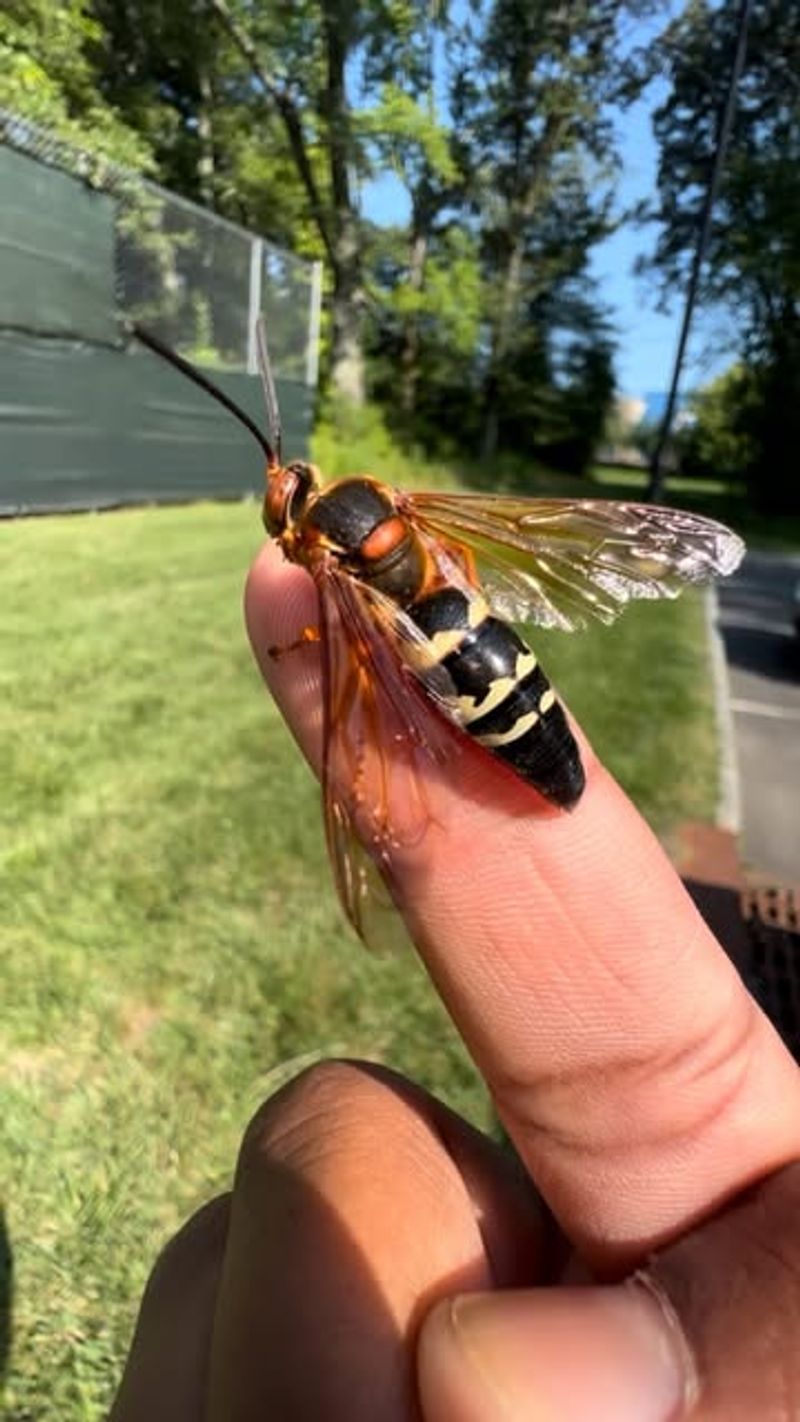Indiana has its fair share of insects that can cause real trouble if they’re left alone. I’ve run into a couple of these in my own yard, and trust me, they’re not the kind you ignore.
Some can bite, sting, or spread damage before you even notice what’s happening. Knowing which ones to eliminate right away keeps your home and garden a whole lot safer.
1. Brown Recluse Spider
With a bite that can cause severe tissue damage, the brown recluse spider ranks among the most dangerous arachnids found across Indiana. Its trademark violin-shaped marking makes identification easier, though many people miss it until it’s too late.
These spiders hide in dark, undisturbed places like basements, attics, and closets. If you spot one indoors, don’t try to catch it with your bare hands.
Residents should use gloves and sealed containers for removal, or call pest control professionals immediately to prevent painful medical emergencies.
2. Black Widow Spider
Sporting a shiny black body and that infamous red hourglass, black widows deliver venom fifteen times stronger than a rattlesnake’s. Indiana homeowners find them hiding in woodpiles, sheds, and garage corners throughout warmer months.
Their bites cause intense pain, muscle cramps, and sometimes require hospitalization. Children and elderly folks face the highest risks from these venomous spiders.
Never reach into dark spaces without checking first, and eliminate any black widows immediately to protect your household from serious harm.
3. Assassin Bug
Don’t let the cool name fool you—assassin bugs can transmit Chagas disease through their bites, causing long-term heart and digestive problems. Indiana residents increasingly encounter these insects as temperatures rise and habitats expand.
Recognizing them is key: they have cone-shaped heads and long legs that make them look almost alien. Most active at night, they’re attracted to outdoor lights around homes.
If you find one crawling around your property, eliminate it carefully without crushing it against your skin to avoid infection.
4. Deer Tick
Smaller than a sesame seed, deer ticks carry Lyme disease that affects thousands of people annually throughout Indiana. Early symptoms include fever, fatigue, and the telltale bullseye rash that spreads from the bite location.
These tiny terrors lurk in tall grass, wooded areas, and leaf piles waiting for hosts to pass by. Check yourself, kids, and pets thoroughly after spending time outdoors.
Remove any attached ticks immediately with fine-tipped tweezers, pulling straight up without twisting to reduce infection risk and potential complications.
5. Bald-Faced Hornet
Aggressive defenders of their territory, bald-faced hornets attack in swarms when they sense threats near their large paper nests. Their stings pack serious punch, injecting venom that causes intense pain and swelling across affected areas.
Indiana yards become danger zones when these hornets build nests in trees, shrubs, or under roof eaves. Multiple stings can trigger severe allergic reactions requiring emergency medical attention.
Never attempt removing nests yourself—one wrong move brings dozens of angry hornets your way, so contact professionals for safe elimination.
6. Yellow Jacket Wasp
Unlike honeybees that sting once, yellow jackets can sting repeatedly, pumping venom into victims multiple times during attacks. Indiana summers bring these aggressive wasps to picnics, trash cans, and sugary drinks left unattended outdoors.
Ground nests hidden in lawns pose particular danger since lawnmowers can trigger massive swarm attacks. Their stings cause severe reactions in allergic individuals, sometimes leading to life-threatening situations.
Eliminate nests early in spring when colonies are small, or hire experts to handle established colonies safely throughout the season.
7. Fire Ant
Originally from South America, fire ants have invaded Indiana in recent years, bringing painful stings that feel like burning matches pressed against skin. Colonies build distinctive dirt mounds that can house hundreds of thousands of aggressive workers.
Step on a mound accidentally, and dozens swarm up your legs, all stinging simultaneously in coordinated attacks. Their venom causes pustules that itch intensely for days afterward.
Treat mounds with approved insecticides immediately, keeping children and pets away until colonies are completely eliminated from your property.
8. Wheel Bug
Beneficial for gardens but dangerous to humans, wheel bugs deliver bites more painful than bee stings when handled carelessly. That distinctive cogwheel crest on their backs makes identification easy for Indiana residents who encounter them outdoors.
They use sharp, curved beaks to inject digestive enzymes into prey—and accidentally into curious people who pick them up. Bites cause immediate intense pain lasting for hours.
While they eat harmful pests, never touch these insects, and teach kids to admire them from safe distances to avoid unnecessary painful encounters.
9. Giant Hornet (Cicada Killer)
Reaching two inches long, cicada killers terrify Indiana homeowners with their massive size and loud buzzing flight patterns around yards. Despite looking absolutely frightening, females rarely sting unless directly grabbed or stepped on barefoot.
Males aggressively defend territories but lack stingers entirely, making their dive-bombing behavior mostly bluff. However, their ground burrows damage lawns and create trip hazards throughout summer months.
Eliminate burrows by treating with insecticidal dust at night when wasps are inside, then filling holes to prevent future nesting attempts.



